These Amazing Louisiana Irises!
Ever heard of them?
They are a rhizomatic native plant species originating in Louisiana and, until recently, there were five native species: Iris giganticaerulea, hexagona, brevicaulis, fulva, and nelsonii. Recently confirmed as a sixth native Louisiana iris is Iris savannarum (which I have not yet seen or studied). The first three species listed are all some form of “blue” from dark to light. Fulva are shades of “copper”, contributing to its common name, copper iris. The Iris nelsonii is the most rare of the natives, and is varying shades of red. (More about these later, but genetic and DNA testing have been done on the nelsonii, or “Abbeville red” iris, and I think the jury is still out whether it is a natural hybrid of three other Louisiana natives or a specific unique native species.)
But, I’m getting lost in the weeds. . . Regardless of their genetics or what you call each of them, they are absolutely stunning in the wild AND in our home gardens. No doubt about it. (I’m wondering at this point how many of my readers own some? Seen some? Heard of some? Know of a secret wild pocket?)
I’ve had an interest in irises since a child due to the influence of our grandmothers’ side flowerbed. They were probably bearded irises, but they were beautiful.
Down here on the bayous of south Louisiana, during my boat tours, it wasn’t long before I discovered irises growing wild along the bayou banks. I took lots of photos but never harvested any plants to bring home. Since I am now retired from those tours and have sold my boat, I certainly wish I had dug up some . . . . but those wild ones created my desire to know more about these Louisiana native plants.
Fast forward to 2023 when a new friend (there are some advantages to Facebook) dug up several Iris fulva (copper iris) from ditches and brought them to me. I was ecstatic because the copper iris was my favorite native iris of them all. He dug them up in February, which is not prime time to transplant them, but I stuck them in the ground around the “bog” created by my drain-field drop off. Shock of all shocks, they bloomed that same March. I now call them “Remy’s” because he passed away recently. He struggled the last year of his life, as also did my Remy irises this March, so this September they will get a new location with lots of rich soil so they might thrive in 2026!
The same year, a Louisiana iris cultivar “breeder” messaged and asked if I would like to go pick up a bunch of his reject iris cultivars. Well, sure! I was happy to share them with a couple friends and to also plant them here at home. As expected, they bloomed in spring of 2024 in different shades of deep purple. They were gorgeous; however, these rejects had been developed by his hand-pollination process to create a desirable Louisiana native iris cultivar to be marketed to the public. Since they did not meet his required standards, then out they went. To his credit, though, he has a couple of named cultivars listed by the American Iris Society!
In June of the same year, my good friend Mrs. Earline called and said a crop of “rust-colored” irises had grown up in her newly-formed flower bed. She insisted that no one had planted them among her new azaleas and she did NOT want them there. “Would you like to have them?”, she asked. WOULD I? Even though it was too early to be transplanting them, I rushed up there with my trusty old sharp-shooter and dug up all of them, came home and put them in huge tubs. They bloomed beautifully the following March and now have a permanent home in the old, retired duck-hunting canoe Termite left behind. Of course, these are called “Earline’s” and grow separately from Remy’s fulva.
By the generosity of old and new friends, I had become a proud parent of one native iris species (copper iris) and multiple cultivar experiments. I continued to join and follow Louisiana iris Facebook group pages and to research more about these species and how the cultivar growers accomplish their goals. In July 2024, I attended a free workshop at the Nicholls Farm to learn hands-on how to harvest and plant iris seeds. What? I thought irises grew from rhizomes? Well, they spread that way but they ALSO grow from seed. Then, the REAL learning began…
I learned that if you have a native Louisiana species iris growing AND you also have hybrids/cultivars growing in the same vicinity, then ALL of the seeds in the pods can turn out to be ANY color in the genetics due to natural cross-pollination. Now, let that sink in, because after I did, I then realized that if I wanted to reproduce more pure copper iris from their seeds, then the cultivars donated to me had to go BYE-BYE. Furthermore, since the first copper iris seed pods I had just harvested July 4, 2024 were NOT guaranteed to produce pure copper iris plants, I THREW THEM AWAY! Lastly, I dug up all of the cultivar irises and gave them to my plant-loving friend. Why? Because I want to grow a pure Louisiana iris species on my property with no threat of cross-pollination from others. (Maybe I selfishly dream to become known as that lady who propagates Iris fulva from seed and donates them to iris restoration projects?).
Well, there you have it. I have retired as tour captain, sold my tour boat, and this has been your introduction to the beginning of my journey of propagating and preserving Iris fulva for future generations! However, that’s not all of the story about retirement…more to follow!
For the Louisiana irises!
BW

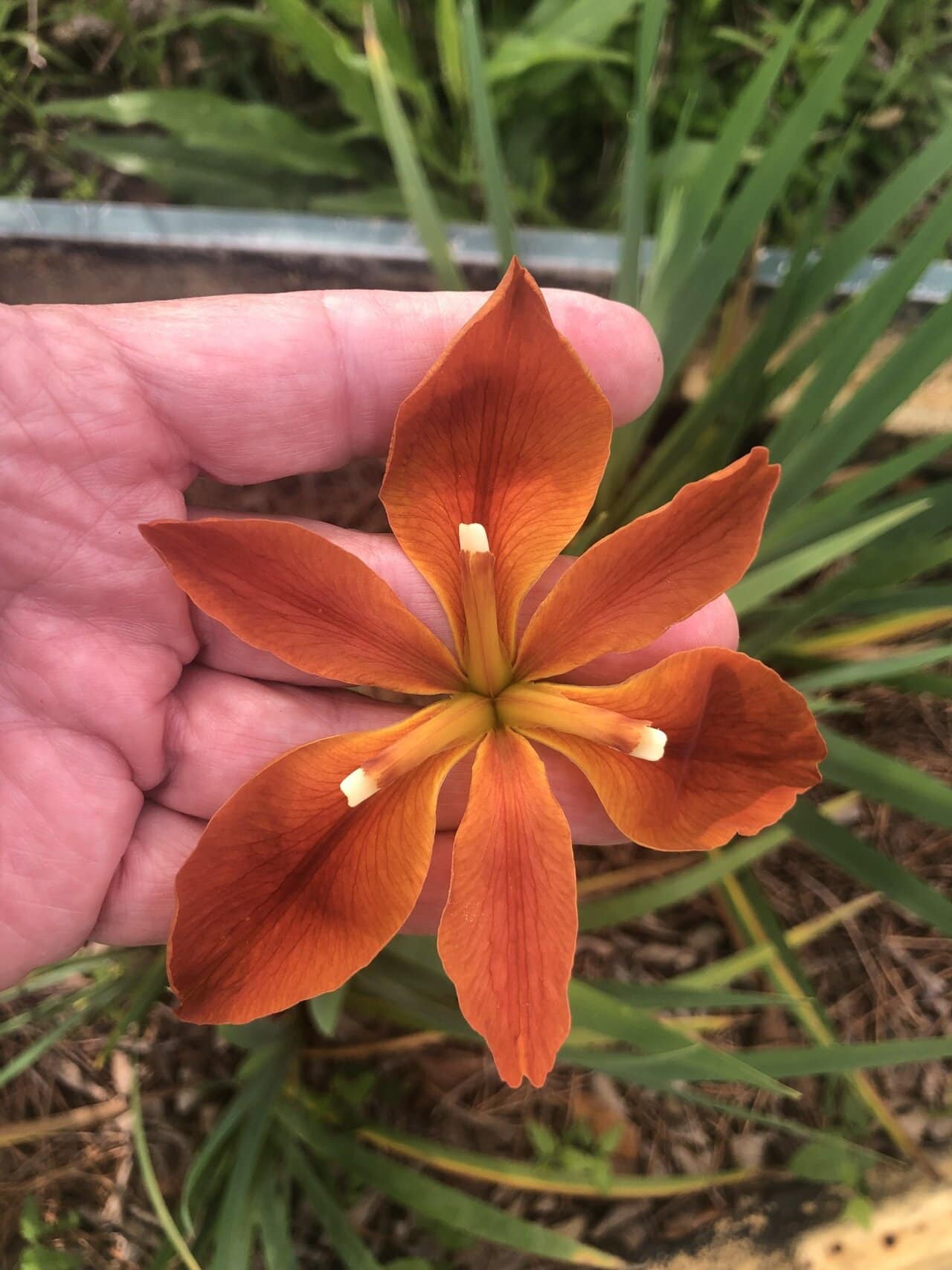
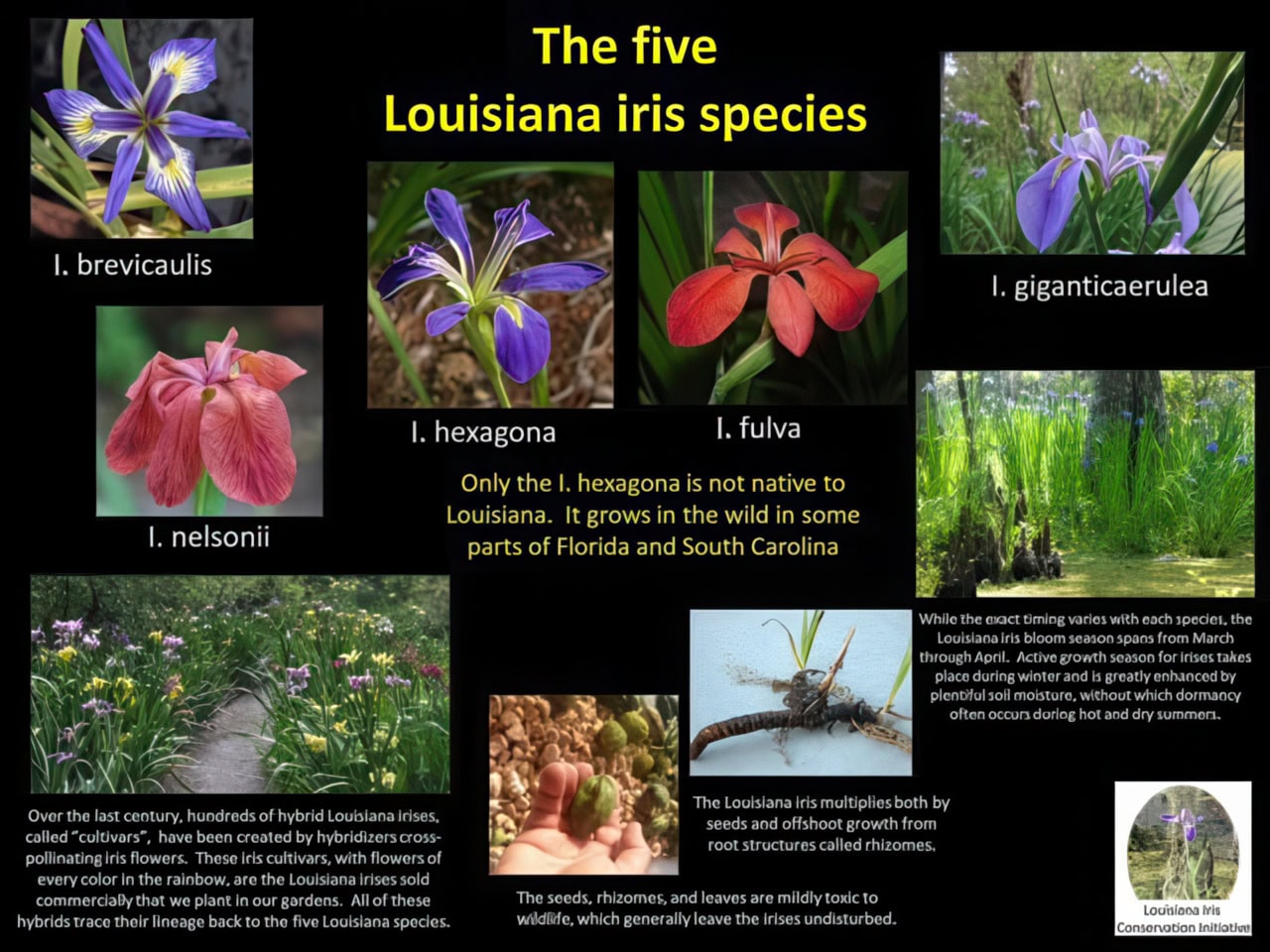
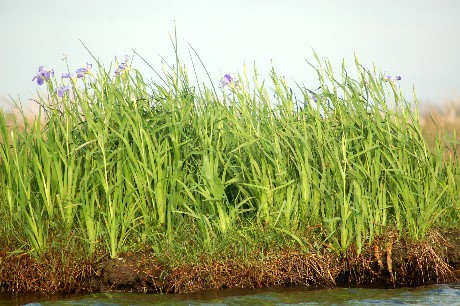
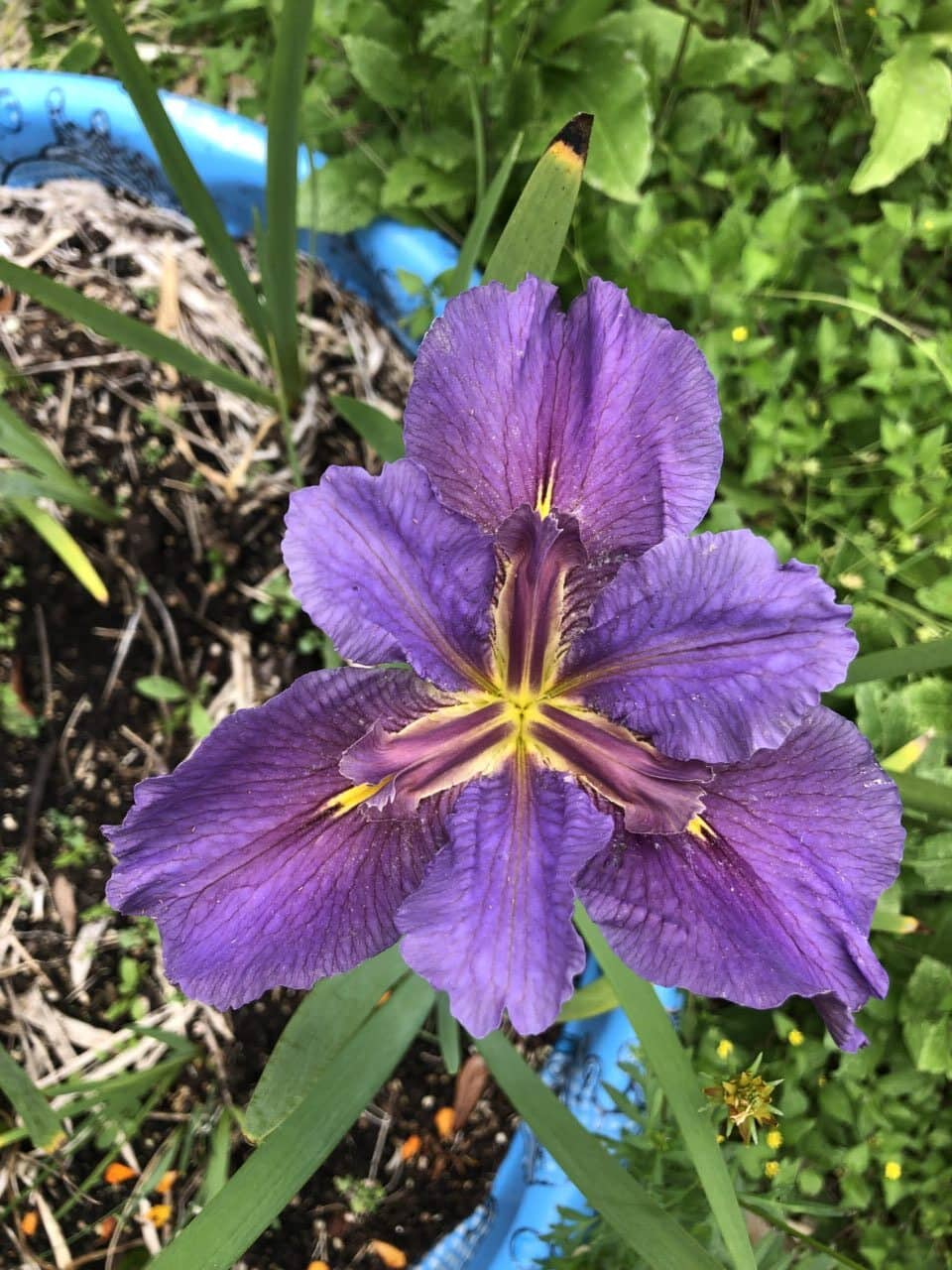
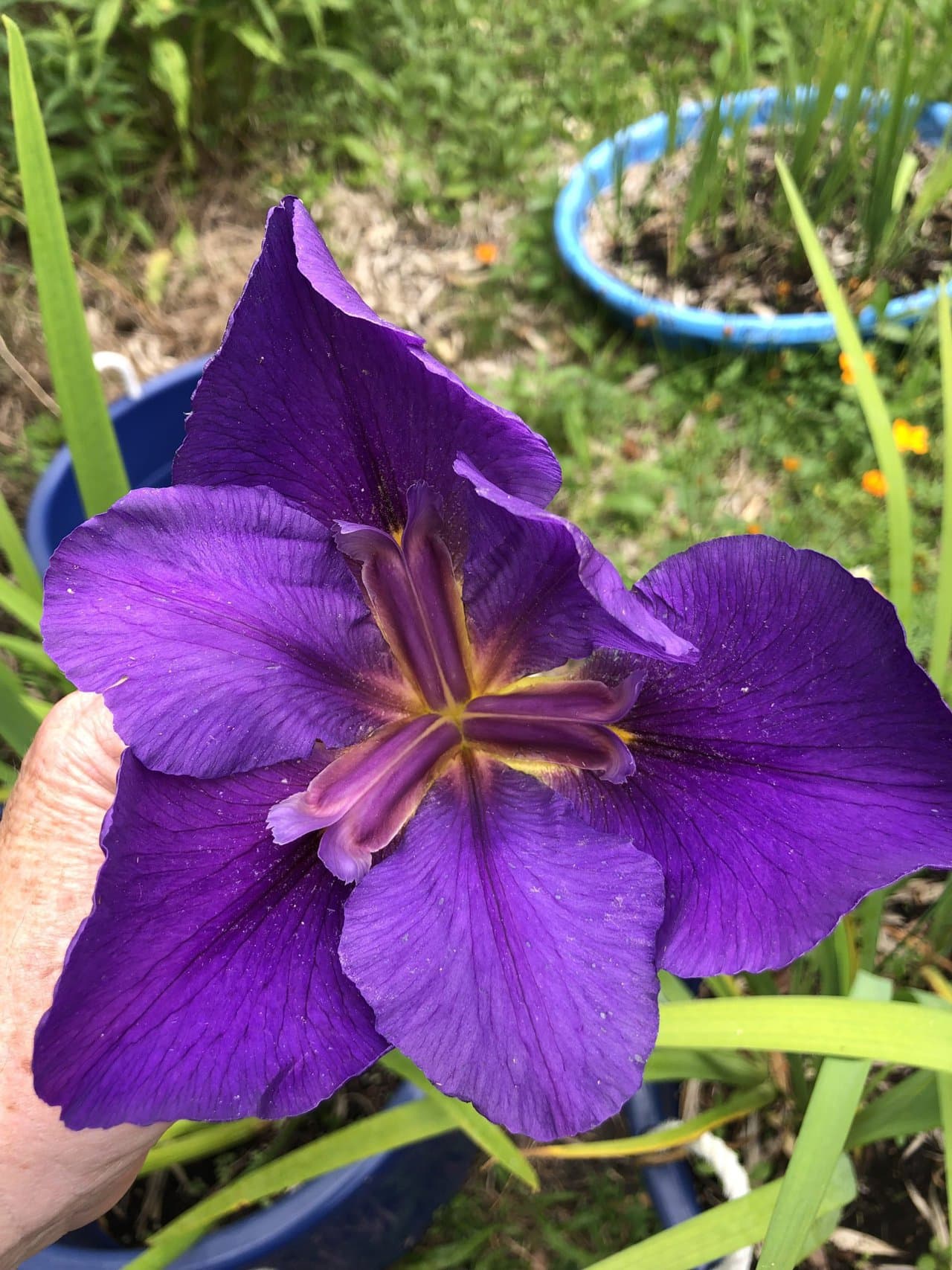

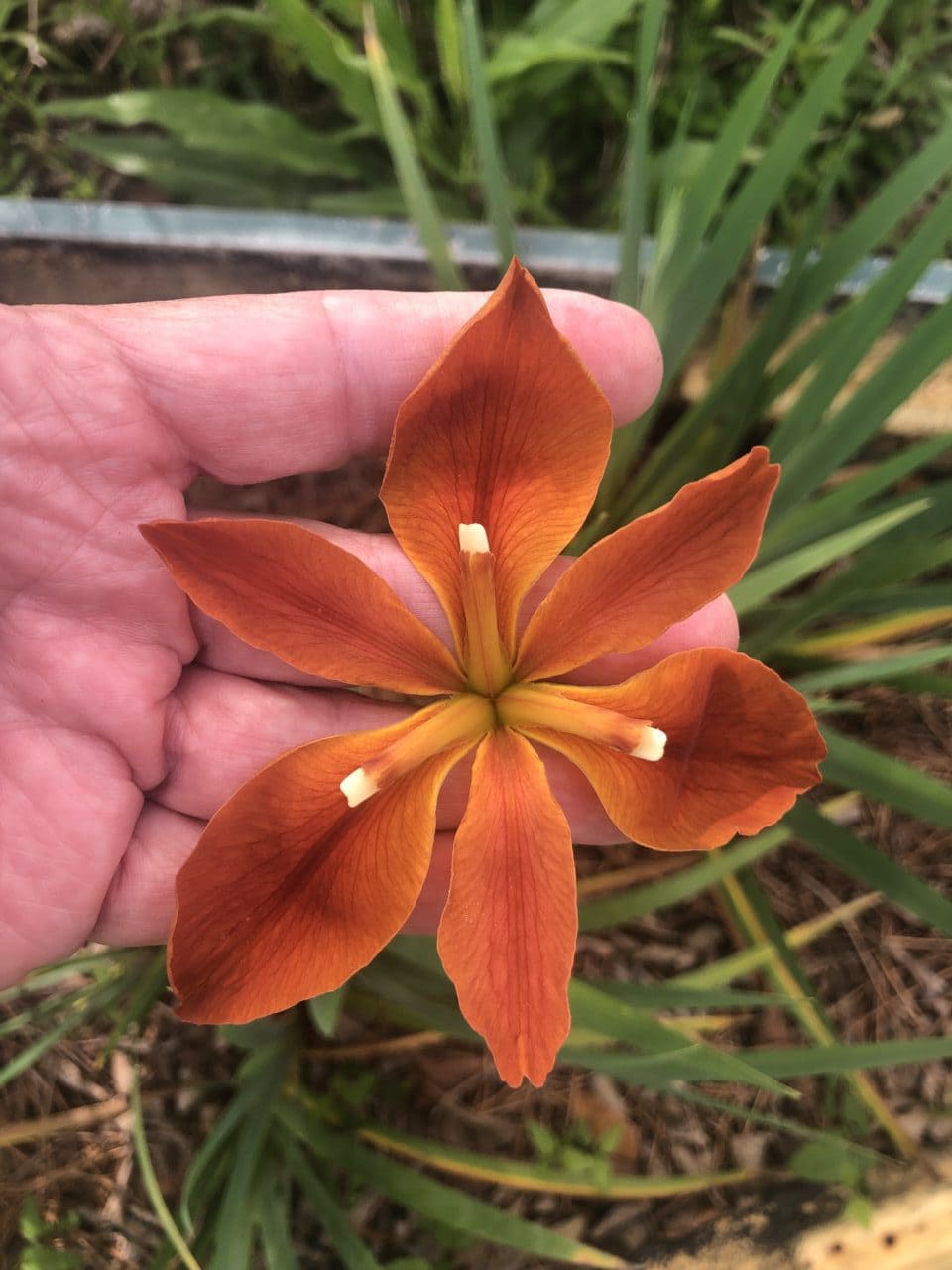
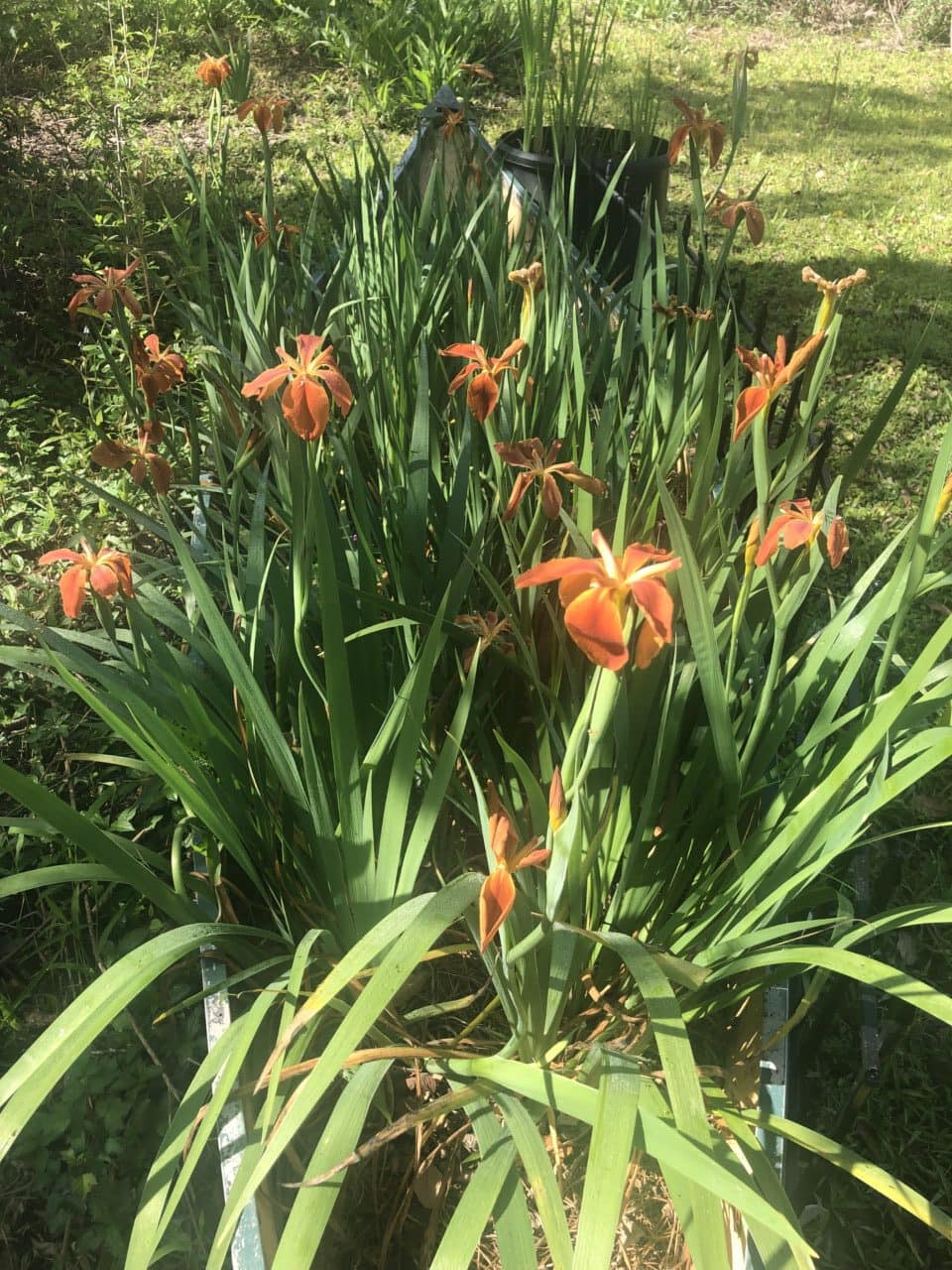
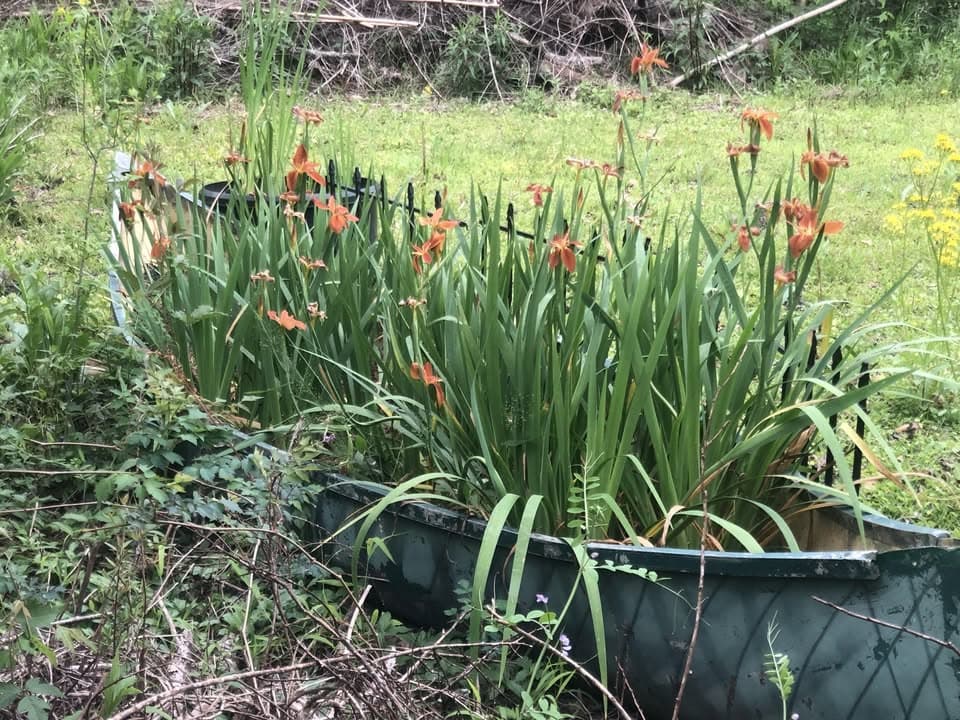


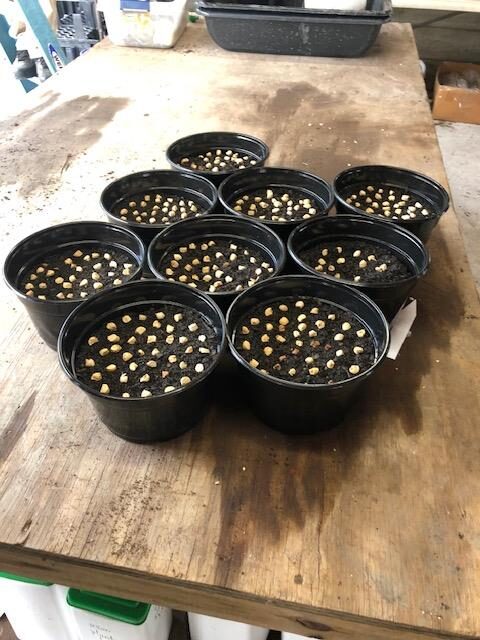
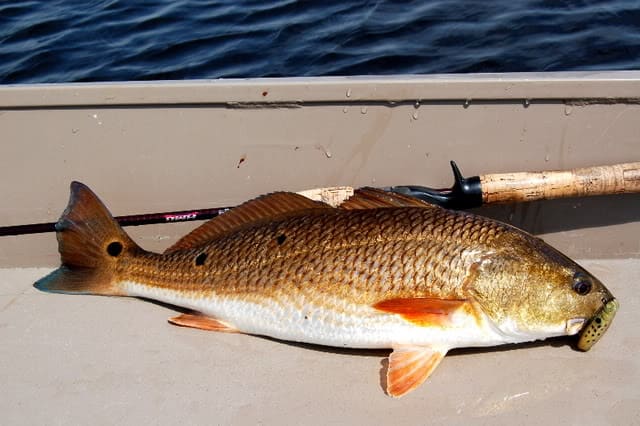





They are all beautiful but that purple one is my favorite!
Well, that didn’t post. I’m going to try with a different screen name, in case it’s a sign-in issue.
Problem solved. This post landed in my spam file for no good reason, but I finally did a little clean out and found it. This is fascinating. I love finding our wild irises in ditches and such, but I’ve never seen one of these copper colored ones. What you said about the necessity of cleaning out cultivars and hybrids makes sense. I learned about some of that when I was trying to figure out why some white bluebonnet colonies endured for a few years, and then disappeared. If there are enough for white-to-white pollination, the color will continue, but as soon as the bees move between blue and white, goodbye natural variation.
I’m really looking forward to the rest of this story!
I’m reading a book about Louisiana and thought of you. Enjoyed this post, hope you and your family are well, Ann from Bossier\Rusheon
Hi Ann. I remember you from our Rusheon Jr. High majorette days in the heat of summer practices!! Families are all well, thanks. Hope you and yours are too! What book were you reading?
Strangers in Our Own Land, by Arlie Russell Hochshild, am about halfway through it